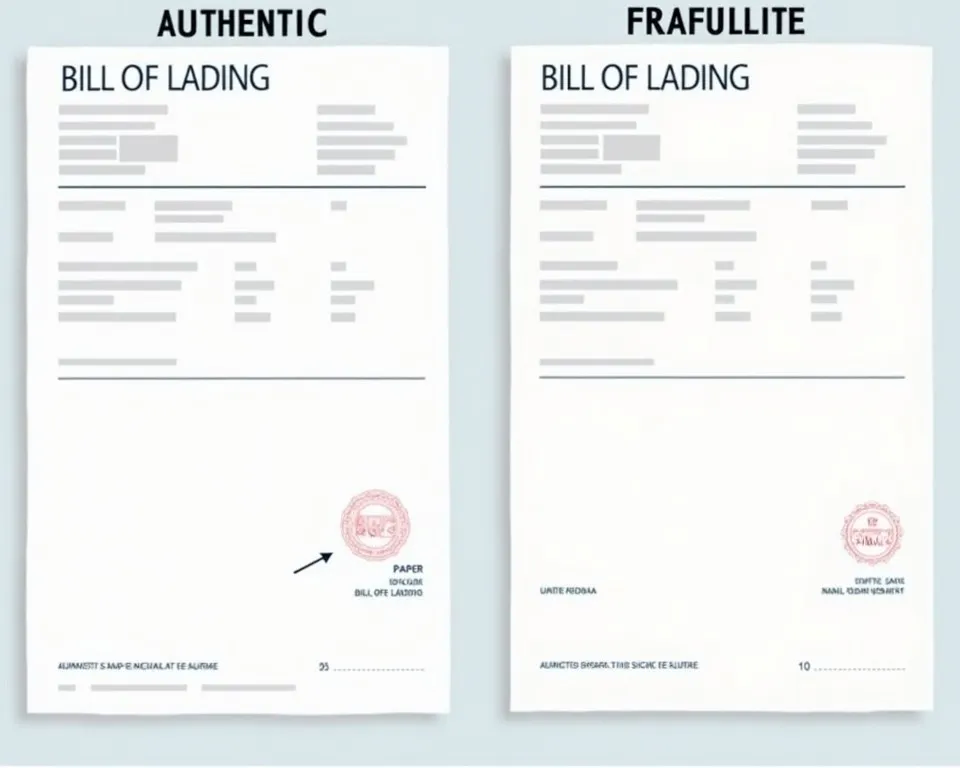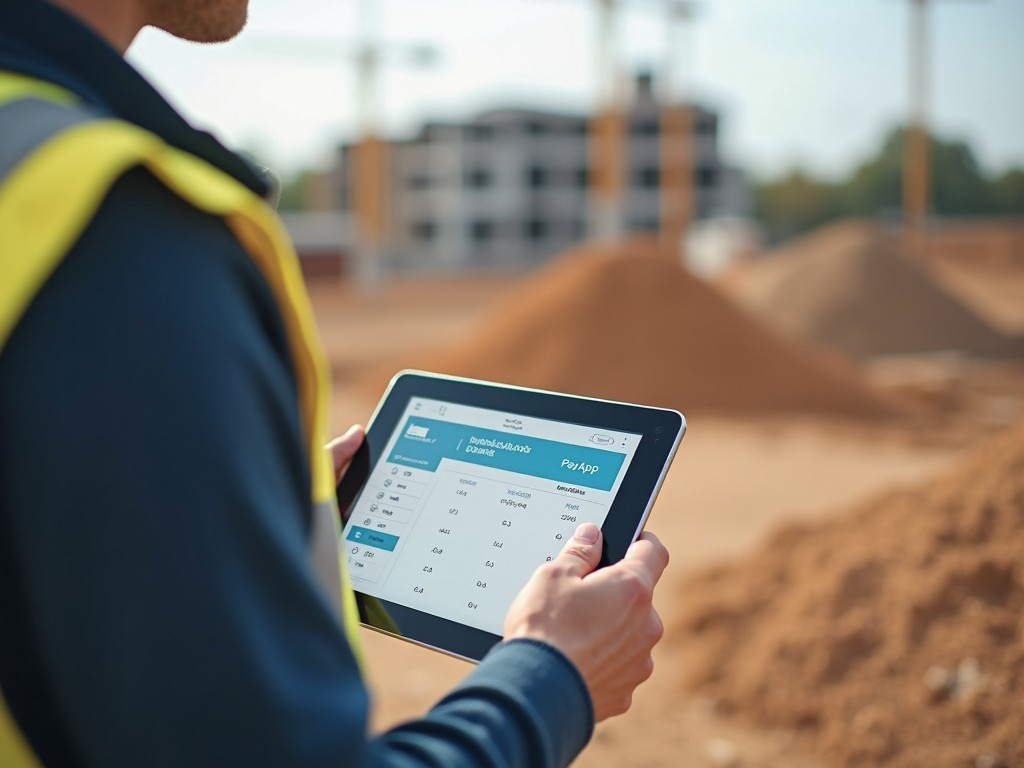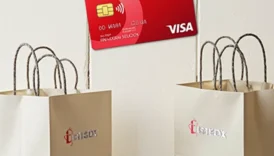How to Detect Bill of Lading Fraud: Guide for Supply Chain

In today’s complex global supply chain, how to detect bill of lading fraud has emerged as a critical concern that costs businesses billions annually. Have you ever wondered if that shipping document on your desk might be concealing a carefully orchestrated scam? As international trade continues to grow, so does the sophistication of fraudulent activities targeting vital shipping documents.
- How to Detect Bill of Lading Fraud: Guide for Supply Chain
- Understanding Bill of Lading Fraud: A Growing Threat
- What Makes Bills of Lading Vulnerable to Fraud?
- The Real-World Impact of Bill of Lading Fraud
- Recent Trends in Maritime Document Fraud
- Common Types of Bill of Lading Document Manipulation
- Documentary Fraud Techniques
- Digital Document Tampering Methods
- Emerging Fraud Patterns
- High-Risk Indicators
- Case Study: The Double Banking Scheme
- Key Warning Signs and Red Flags
- Document Authentication Red Flags
- Physical Document Indicators
- Digital Authentication Concerns
- Behavioral and Transaction Red Flags
- Expert Verification Tips
- Advanced Detection Techniques and Technology
- Digital Verification Technologies
- Automated Verification Systems
- Integration with Supply Chain Systems
- Key Integration Points
- Real-Time Monitoring and Alerts
- Implementation Best Practices
Understanding Bill of Lading Fraud: A Growing Threat
Picture this: A single manipulated bill of lading can set off a chain reaction of financial losses, legal complications, and damaged business relationships. According to recent industry reports, maritime fraud cases have increased by 37% since 2020, with bill of lading manipulation leading the pack in fraudulent activities.
What Makes Bills of Lading Vulnerable to Fraud?
Bills of lading serve three crucial functions: they act as proof of receipt, contain contract terms, and represent title to goods. This triple role makes them particularly attractive targets for fraudsters. Consider these critical vulnerabilities:
- Document complexity and multiple versions in circulation
- International jurisdictional challenges
- Time-sensitive nature of shipping operations
The Real-World Impact of Bill of Lading Fraud
The consequences of bill of lading fraud extend far beyond immediate financial losses. Let’s examine the ripple effects:
| Impact Area | Potential Consequences |
|---|---|
| Financial | Direct monetary losses, insurance complications, lost cargo value |
| Operational | Supply chain disruptions, delayed shipments, inventory issues |
| Legal | Liability disputes, regulatory penalties, legal proceedings |
| Reputational | Lost customer trust, damaged business relationships, market credibility |
Recent Trends in Maritime Document Fraud
The digitalization of trade has introduced new vulnerabilities while attempting to solve traditional problems. Electronic bills of lading now face sophisticated cyber threats alongside conventional fraud risks. Industry experts have observed a particular surge in:
- Synthetic identity fraud using AI-generated documents
- Blockchain-based document tampering attempts
- Multi-jurisdictional fraud schemes
Common Types of Bill of Lading Document Manipulation

Understanding the various types of bill of lading fraud is crucial for effective detection. Fraudsters often employ multiple techniques simultaneously, making vigilance and comprehensive knowledge essential. Let’s dive into the most prevalent forms of manipulation you need to watch out for.
Documentary Fraud Techniques
Modern fraudsters have become increasingly sophisticated in their approaches to document manipulation. Here are the primary methods they employ:
- Date Manipulation
- Altering shipping dates to claim fresher goods
- Modifying delivery timelines to avoid penalties
- Backdating documents for letter of credit compliance
- Quantity Discrepancies
- Overstating cargo amounts for insurance fraud
- Understating quantities for tax evasion
- Multiple bills of lading for single shipments
- Description Alterations
- Misrepresenting cargo quality or grade
- Changing product specifications
- False declaration of dangerous goods
Digital Document Tampering Methods
In the digital age, electronic bill of lading fraud has introduced new challenges. Cybercriminals employ sophisticated techniques that require equally advanced detection methods:
| Fraud Method | Description | Risk Level |
|---|---|---|
| PDF Manipulation | Editing digital documents using advanced software | High |
| Digital Signature Forgery | Copying or fabricating electronic signatures | Critical |
| System Integration Attacks | Exploiting vulnerabilities in shipping software | Severe |
Emerging Fraud Patterns
Recent investigations by maritime authorities have revealed several new patterns in bill of lading manipulation. These emerging threats require special attention:
High-Risk Indicators
- Multiple original bills of lading in circulation
- Inconsistent document formatting or terminology
- Unusual routing or transshipment patterns
- Mismatched commercial details across documents
Case Study: The Double Banking Scheme
Consider this recent case: A fraudster obtained financing from two different banks using the same bill of lading. By slightly modifying the document numbers and using different bank branches, they secured double the funding before detection. This scheme cost financial institutions over $5 million before authorities uncovered the fraud.
Key Warning Signs and Red Flags
Detecting bill of lading fraud early requires a keen eye and systematic approach. Think of yourself as a detective, where every inconsistency could be a vital clue. Let’s explore the critical warning signs that should trigger immediate investigation.
Document Authentication Red Flags
The first line of defense in fraud detection is thorough document examination. Here are the vital signs that warrant immediate attention:
Physical Document Indicators
Watch for these telltale signs when examining paper documents:
- Paper Quality Discrepancies
- Inconsistent paper weight or texture
- Unusual glossiness or finish
- Mismatched watermarks
- Print Irregularities
- Blurry or pixelated text
- Inconsistent font types or sizes
- Misaligned printing or stamps
Digital Authentication Concerns
In the digital realm, electronic bill of lading verification requires special attention to these key areas:
| Digital Element | Normal Characteristics | Suspicious Indicators |
|---|---|---|
| File Metadata | Consistent creation dates, expected software signatures | Multiple modification timestamps, unusual editing software |
| Digital Signatures | Valid certificates, proper encryption | Expired certificates, broken signature chains |
| Document Format | Standard industry formatting | Inconsistent layouts, mixed formatting styles |
Behavioral and Transaction Red Flags
Sometimes the most telling signs of bill of lading fraud come from unusual patterns in business behavior:
- Unusual Time PatternsBe wary of transactions that show:
- Documents submitted unusually close to deadlines
- Inconsistent timestamps across related documents
- Rushed requests for processing or payment
- Communication PatternsWatch for:
- Reluctance to provide original documents
- Pressure to accept copies or scanned versions
- Unusual communication channels or contacts
Expert Verification Tips
Industry experts recommend these verification steps:
- Cross-reference all document numbers with issuing authorities
- Verify vessel movements through independent tracking systems
- Confirm cargo details with multiple parties in the supply chain
- Use specialized UV light to check security features on original documents
For additional verification guidance, consult the International Chamber of Commerce Commercial Crime Services resources.
Advanced Detection Techniques and Technology

As bill of lading fraud becomes more sophisticated, technology plays an increasingly crucial role in detection and prevention. Let’s explore the cutting-edge tools and techniques that are revolutionizing document verification.
Digital Verification Technologies
Modern technology offers powerful solutions for detecting fraudulent documents. Here’s a comprehensive look at the most effective tools:
- Blockchain Technology
- Immutable transaction records
- Real-time document tracking
- Secure digital signatures
- Artificial Intelligence
- Pattern recognition in documents
- Anomaly detection
- Automated consistency checks
- Machine Learning Systems
- Historical data analysis
- Predictive fraud detection
- Behavioral pattern monitoring
Automated Verification Systems
Leading organizations are implementing sophisticated verification systems that combine multiple technologies:
| Technology | Key Features | Success Rate |
|---|---|---|
| OCR Integration | Automated document scanning and data extraction | 95% |
| Digital Signatures | Multi-factor authentication and validation | 99% |
| Smart Contracts | Automated compliance and execution | 97% |
Integration with Supply Chain Systems
Modern fraud detection systems work best when integrated with existing supply chain management tools:
Key Integration Points
- Port Community Systems (PCS)
- Container Tracking Platforms
- Customs Management Systems
- Trade Finance Platforms
For comprehensive system integration guidance, refer to the Digital Container Shipping Association standards.
Real-Time Monitoring and Alerts
Advanced detection systems now offer real-time monitoring capabilities that can immediately flag suspicious activities:
- 24/7 Document Surveillance
- Continuous monitoring of document changes
- Instant alerts for suspicious modifications
- Real-time validation of authentication features
- Risk Scoring Systems
- Dynamic risk assessment algorithms
- Historical pattern analysis
- Customizable alert thresholds
Implementation Best Practices
When implementing advanced detection systems, consider these crucial factors:
- Start with a pilot program to test effectiveness
- Ensure proper staff training on new technologies
- Regularly update detection algorithms
- Maintain backup verification procedures
For more insights on technology implementation, check the resources available at BIMCO’s Digital Standards.






